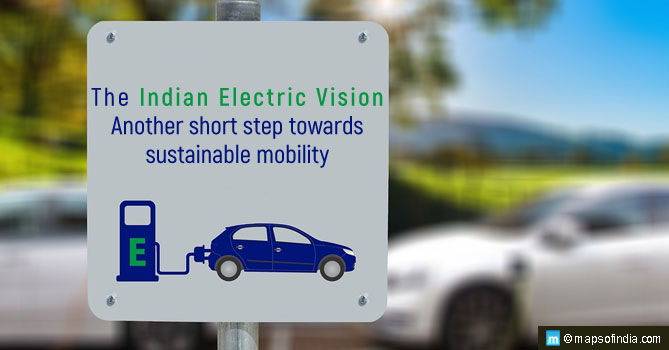
The electric car scenario is only in the initial stage of development in the Indian automobile market. While Hyundai Motor Company has taken a brave step ahead to pioneer the course of electric passenger mobility, others like Tata and Mahindra are taking cautious steps into the segment. The reason being the surprisingly low sales of the former’s only electric offering in the otherwise successful segment of compact SUVs.
The Hyundai Kona is currently facing extremely low sales with a vast and endless expanse of uncertainty with no hint of any wind that might propel it forward.
With IC engine powered cars of the same segment clocking numbers in tens of thousands, the Kona only managed to sell less than a hundred and fifty units a month since its launch. These figures alone have been enough to discourage many of those stepping into the electric segment. All the remaining manufacturers are patiently waiting for better indications to bring in their electric vehicles into the very new and uncertain Indian EV market. Low sales figures are just one of the numerous factors making the EV scenario in India quite cloudy.
The Kona is also quite costly, which might be among other reasons for its disappointing sales, thus making it clear that like every other passenger vehicle in the country, pricing will play a significant role in the acceptance of any electric car that hits the shelves.
The other most common problem among the very rare owners of EVs in our country is plugging in to charge. From lack of charging infrastructure across cities and highways, some unaware people pose as hindrances to EV owners based on illogical fears of batteries exploding and fires occurring due to charging.
Less than ten thousand electric vehicles have been sold in the country over the last six years, which is less than what is currently being sold in China every other day. Affordability turns out to be among the top factors for poor EV sales in the country, especially in the case of four-wheelers.
India has unparalleled potential as an international electric vehicle market. For a hundred Indians, there are less than three cars, which is a sad number when compared to the sixty cars for every hundred citizens in most European countries.
Maruti will not be bringing forth any electric car before 2021 whereas Tata motors and Mahindra will be shortly launching their offerings in the Indian market. Apart from these, MG motors have already introduced their EV ZS which is bound to hit showrooms any month now. They are not looking at any market stunt and will be happy, to begin with selling just a hundred units a month.
There are only so many as a thousand charging stations for cars and SUVs currently, which is practically nothing compared to the half-million in China.
In the most recent news, the Government of India has approved the installation of two thousand six hundred EV charging stations across more than sixty cities in the country. Starting from the highest number of more than three hundred stations in the state of Maharashtra, the selected list of cities to undergo EV infrastructure development includes Andhra Pradesh with over two hundred and sixty stations, Tamil Nadu with more than two-fifty, Gujarat at two hundred and twenty-eight, Rajasthan with two hundred and Uttar Pradesh at two hundred and seven charging stations.
Delhi and Chandigarh will get approximately seventy stations each, Uttarakhand and Himachal will get ten, and Jammu & Kashmir will get twenty-five charging stations. This should put at least one charging station for every grid of four square km according to CEO of Niti Aayog, Amitabh Kant.
Others are calling it a “broad-brush” spread and are condemning the incredibly small number of just seventy charging stations for a place like Delhi, which is known to be the largest automotive market in the country.
Esteemed members of the Society of Manufacturers of Electric Vehicles have shared their views on how low-cost infrastructures will be needed separately for two and three-wheelers. Their Director General has also stated the importance of installation of such charging points in public parking lots and residential complexes.
Consumers have and will for some more time to come, pass over EVs for cheaper IC engine powered vehicles because of their affordability and range. Half the passenger vehicles sold in India cost much less than their electric counterparts and its difficult for the latter to achieve price parity with the fore-mentioned for more than a decade.
More and more people are becoming aware of EVs and the revolutionary change they will bring to our environment and life-quality. However, both pricing and infrastructure will have to be arranged to facilitate and encourage their sales.
The next decade will decide how quickly India transcends to becoming an electric mobility nation, for the change has only started to take place.
Related Link:
A Closer Look at the Indian EV Scenario





